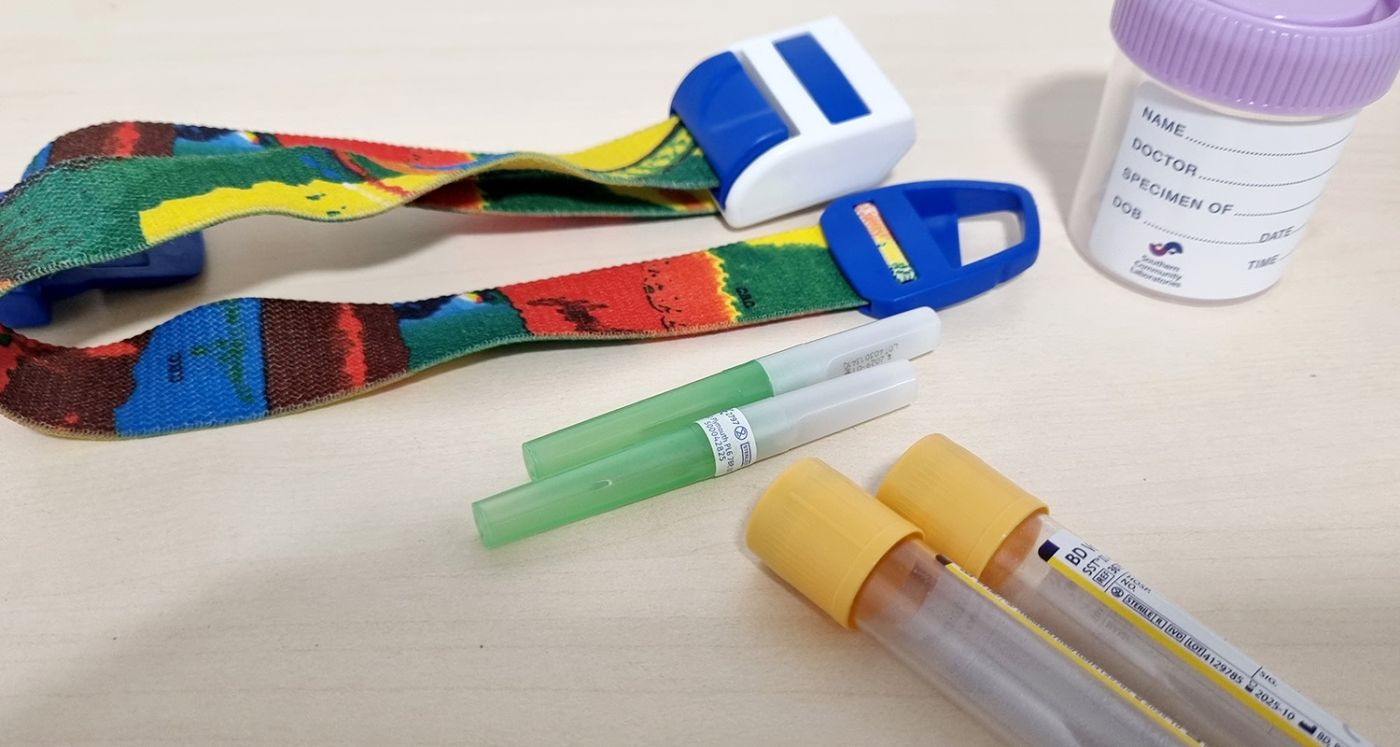Biological monitoring is a way to measure the levels of hazardous substances or their metabolites (breakdown products) in a person’s body. It’s used to assess exposure to workplace contaminants and to evaluate the effectiveness of safety measures.
Purpose of Biological Monitoring
- To assess exposure to hazardous chemicals.
- To identify if controls (like PPE or ventilation) are working effectively.
- To detect early signs of overexposure before health effects develop.
- To help ensure compliance with workplace health and safety regulations, particularly under the Health and Safety at Work Act 2015.
- Biological monitoring helps to protect people in the workplace from harm to their health. It can also help to improve how well businesses manage health risks.
How Biological Monitoring Works
- A blood, urine, or other biological sample (like breath for alcohol testing) is collected by one of our Occupational Health Nurses.
- The sample is securely sent to an accredited laboratory for analysis.
- The laboratory tests for specific substances (such as lead, arsenic, mercury, solvents, organophosphates, or other chemicals the worker may be exposed to in their role).
- The test results are compared to recognised standards, such as Biological Exposure Indices (BEIs) or other health-based reference values.
- Results help to identify whether exposure levels are within acceptable limits or if there may be a need to review work practices, controls, or personal protective equipment (PPE).
- If results are elevated, further investigation needs to be carried out to determine the cause and actions needed to reduce exposure and protect worker health.

